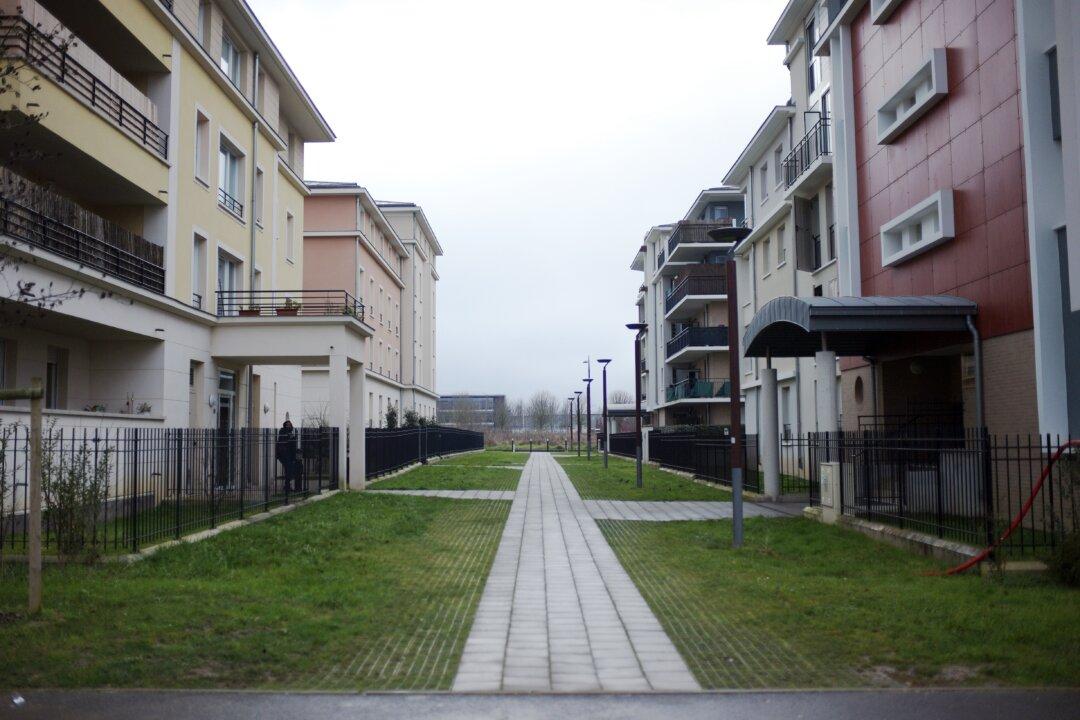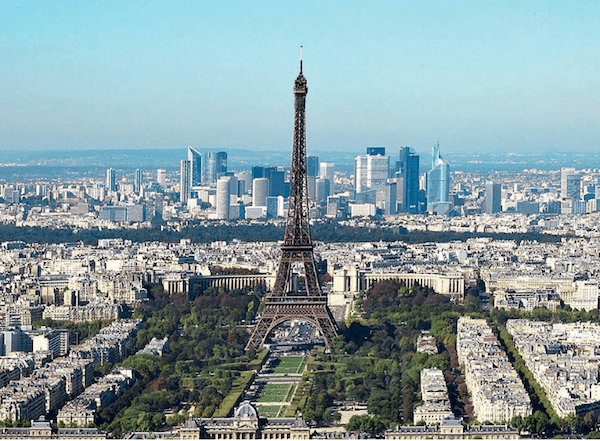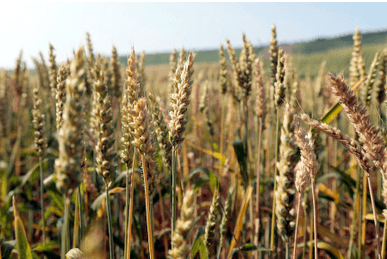PARIS—In a recent study, INSEE, the French statistics office, has measured the quality of life of the French people regarding the territory in which they live. Through 27 indicators selected to cover the concerns of the French people in the best possible way, the INSEE analysts have tried to decipher some 2,677 places to live in France.
A wide range of indicators were chosen in order to be able to reflect the behavioral concerns and expectations of the French people, while evaluating the advantages and disadvantages of the different areas: education, transportation, work, environment, housing, incomes, health, access to facilities, culture, sports and leisure, gender equality, social relations, and civic life. From this analysis, 8 kinds of areas were identified.
Strongly Urbanized, but With Social Difficulties
These areas are concentrated in Île-de-France (except for the southwestern part of Paris), and in the French region of Geneva. They are characterized by a high-average income, quick access to facilities, stable jobs, and a frequent use of public transport. But, the rate of long-term unemployment is high, the housing comfort is limited, and the social ties (concerning the old people living alone and the single-parent families) are rather chaotic.
Favoured, but With Socio-Economic Difficulties
This is the case for all the regional metropolis (Toulouse, Lyon, Paris, Marseilles, Bordeaux, etc), smaller areas, or mountainous touristic areas. There are jobs in line with the social category of the population, and fairly close to home, good accessibility to facilities and services, the presence of a large number of GPs (family doctors), but the social bond is also failing, in addition to unstable employment rate that triggers social and economic difficulties.
Dense and Rich Territories
These territories concentrate on high incomes, and a graduated population is mainly located in the south-west region of Paris, and in the north-west region of Lyon. Public transportation is well developed, and the facilities and services are accessible.
Rather Favoured, Far From Jobs, Located in Suburban Areas
These regions located in the periphery of major urban areas, present a certain comfort in terms of housing and income. The population is often graduated with a stable job. The social ties are strong. But there is a cost. The jobs are often far from home, and the travel time is long, as well as the access to facilities and leisure such as movie theaters.
Rather Dense in a Less Favorable Situation
Located in old industrial and mining areas in northern and eastern regions of France, and in the South-East (Languedoc-Roussillon), these territories offer a low-employment rate coupled with a high rate of long-term unemployment, and relatively low-average incomes. Housing is less comfortable, the access to facilities is more difficult, and the social ties are unstructured. In the North, the mortality rate is also high.
The three last types of territories correspond to more isolated areas: towns and small cities with stronger social ties, and more accessible jobs. But, access to facilities remains weak.
Then, there are the less urbanized areas (mountainous) in which access to facilities and medical treatment is more difficult. These areas are located in the Pyrenees, the Ardennes, Burgundy, Massif Central, south of the Alps, and Corsica.
The last category of territories is related to those areas from mid-sized cities in western and southwestern regions of France, where housing conditions are pretty good, but public transport is scarce. Even if the jobs are close to home, wages remain low.





